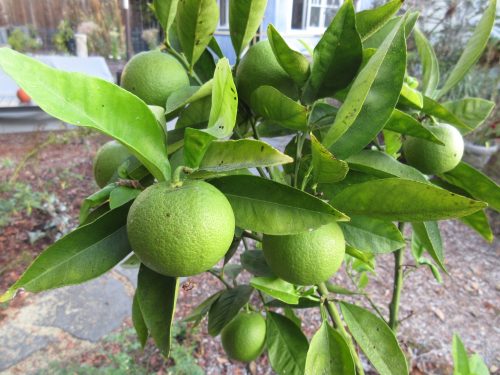Warning: this video can lead to excessive spending and an overabundance of seeds in your collection. It’s true, after making this video, I visited the websites for most of these seed catalogs and had a glorious time spending money on the best seeds for 2014. It’s a weakness, but one with great rewards.
After planning out this year’s spring garden, you’ll have a map to inform you of how much room you have (and therefore how many new crops/seeds you can try out). Space is limited here at Gardenerd HQ, but with bio-intensive planting methods, we can get a lot in. Here are our favorites for 2014:
Be sure to look below the video in the description for links to all the seeds mentioned in video. We’re really excited about them and want to spread the enthusiasm for growing different varieties with you. What will you try this year? Post your favorites in the comments below.
If you need help starting seeds, check out these informative posts:
Starting Seeds to Perfection -This post will lead you suggested tools and supplies for your task.
There are other ways to do it of course. You don’t need a light source if you have warm winters, or if you have a greenhouse or sunny window that gets full sun for 12 hours per day.
You can also use the Grow BioIntensive method, using redwood seed flats and a combination of existing soil and compost to start seeds. It’s really up to you.
When buying seeds, make sure to choose companies that take the Safe Seed Pledge and if you want to harvest seeds for next year, choose open pollinated (OP) and heirloom varieties. Then you’re on your way!
Crazy eggplants and corn seeds






Dallas, Texas – started Romaesco from seeds last April (2013) and growth was marginal (up to about 18″ tall) until the days began getting shorter. Full Texas sun, hot days, watered about 1-2 inches per week. Removed lower dead leaves and had a couple of basil plants at the north end of a 6 x 3 foot raised garden plot that was dedicated to just the Romanesco.
Watched the 8+ plants continue to grow and stay healthy after my other crops had harvested or died and I had cleared those beds. Winter set in and I figured as long as it was green I would let it grow. It stayed green and the temps started dropping below freezing. It stayed green when the temps dropped to 17 degrees F! When there were forecast of ice or snow, I covered the plants with a tarp – they stayed green.
Read where they need sustained temps in the 40-60 F range to trigger blooms. January and February here in Dallas began providing sunshine and temps in that range.
Finally, 10 months after planting seeds, they awoke and went to work – almost all at the same time. They are now producing “flowers” and if I’m not mistaken, the color changes (green to shades of purple on the crowns) shows the transformation from a flowering state to the beginning of a seed germination event. My guess is that they will continue to grow larger until the darker color buds (physical flowers? will have to get my magnifying glass 😉 develop and begin the “seed growth” phase.
From what I’ve learned growing lettuce, it is best to harvest before the “seed phase” or the taste quality suffers (sap changes). My guess it is time to pick the ones that have shifted from green, taste-test both, and hope for more growth before the devil opens the summertime doors for Texas. Had taken a couple of pics for demonstration but find no option to include.
Tried to post on the Romanesco link, but “post comments” was missing as an option!
HI Mark,
That’s some persistent Romanesco! You’re right about lettuce, too. Once it starts to bolt to seed, it becomes bitter and difficult to stomach. Of course, you can save those seeds if you let them go. Sorry we don’t have the option to post photos in the comments section. Too much spam over the years, ya know?